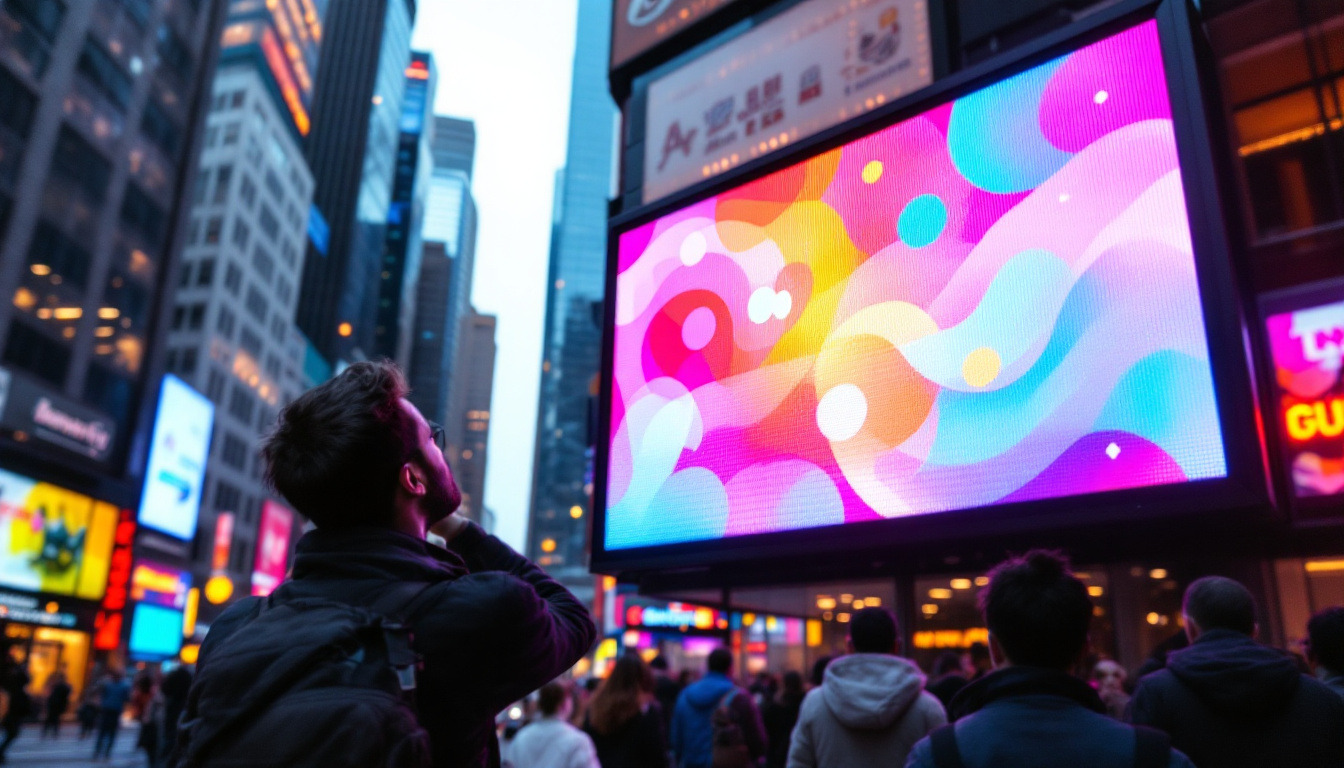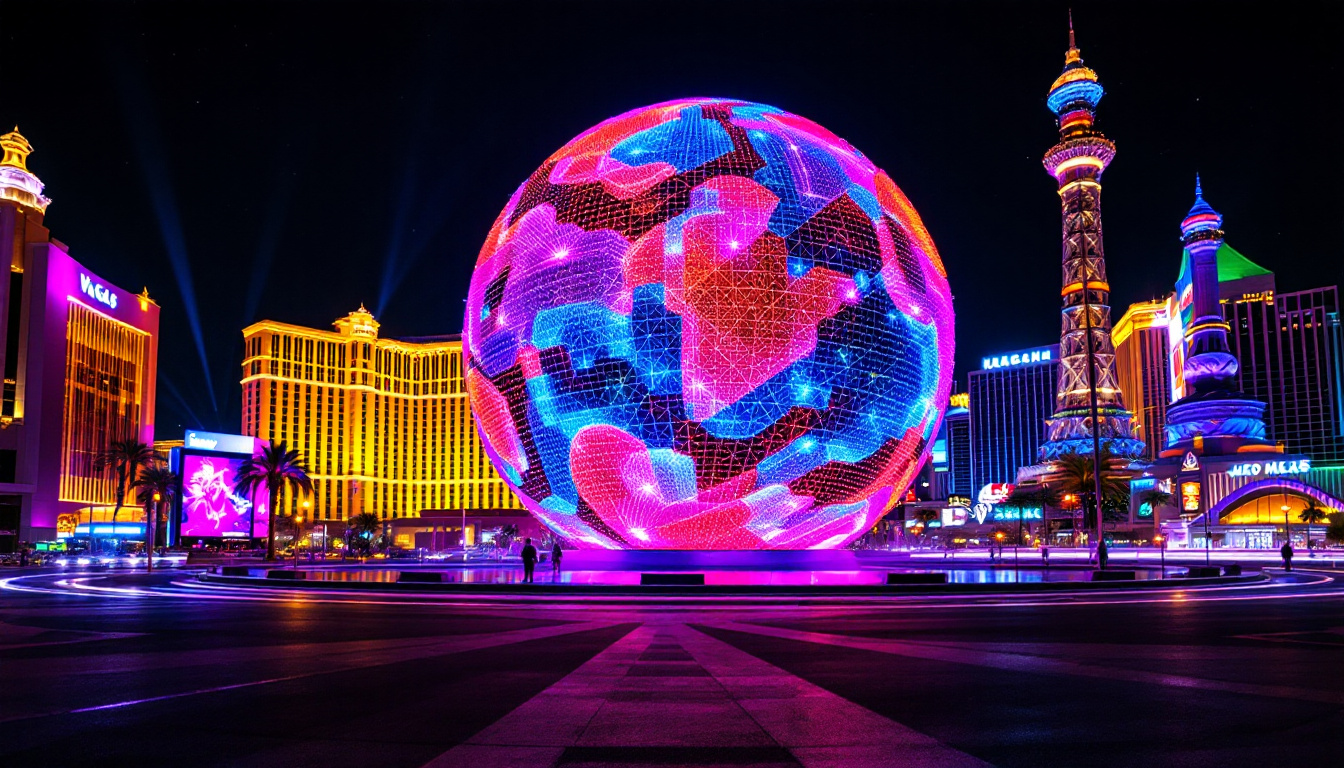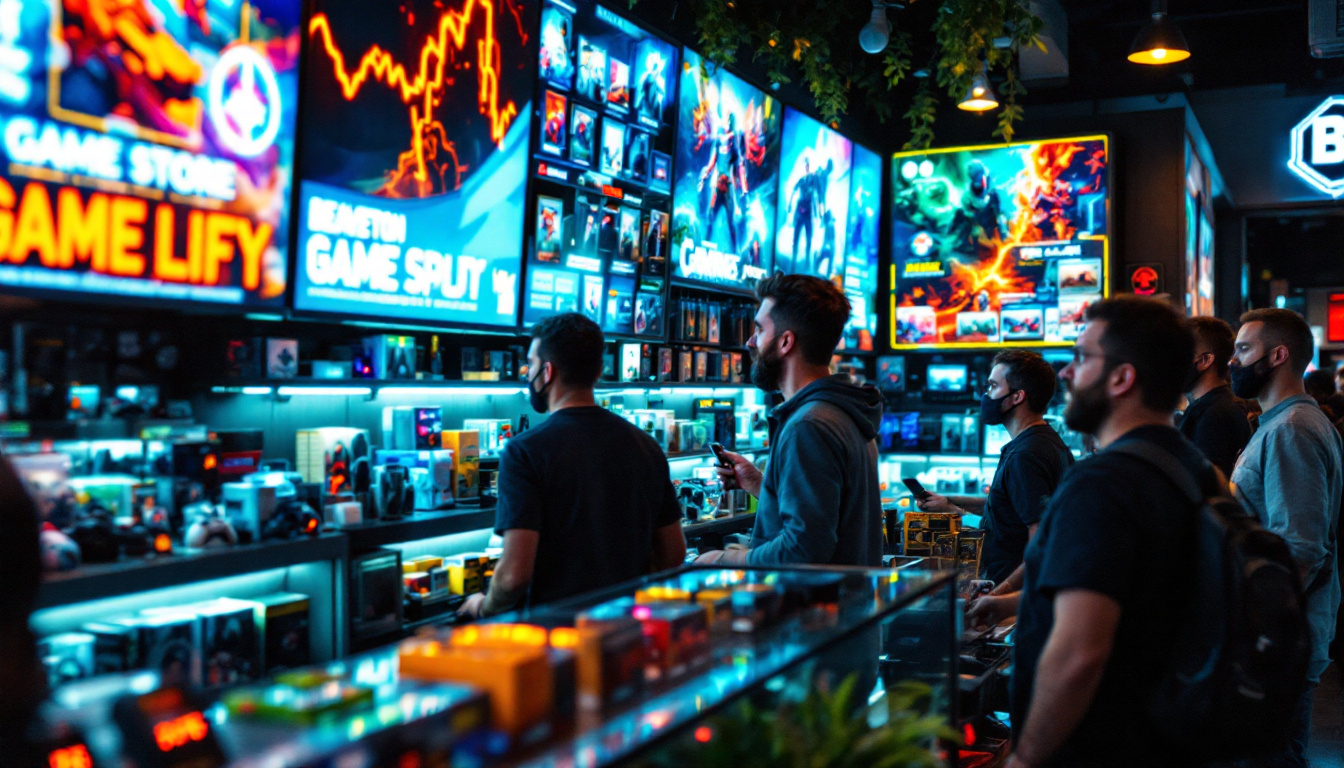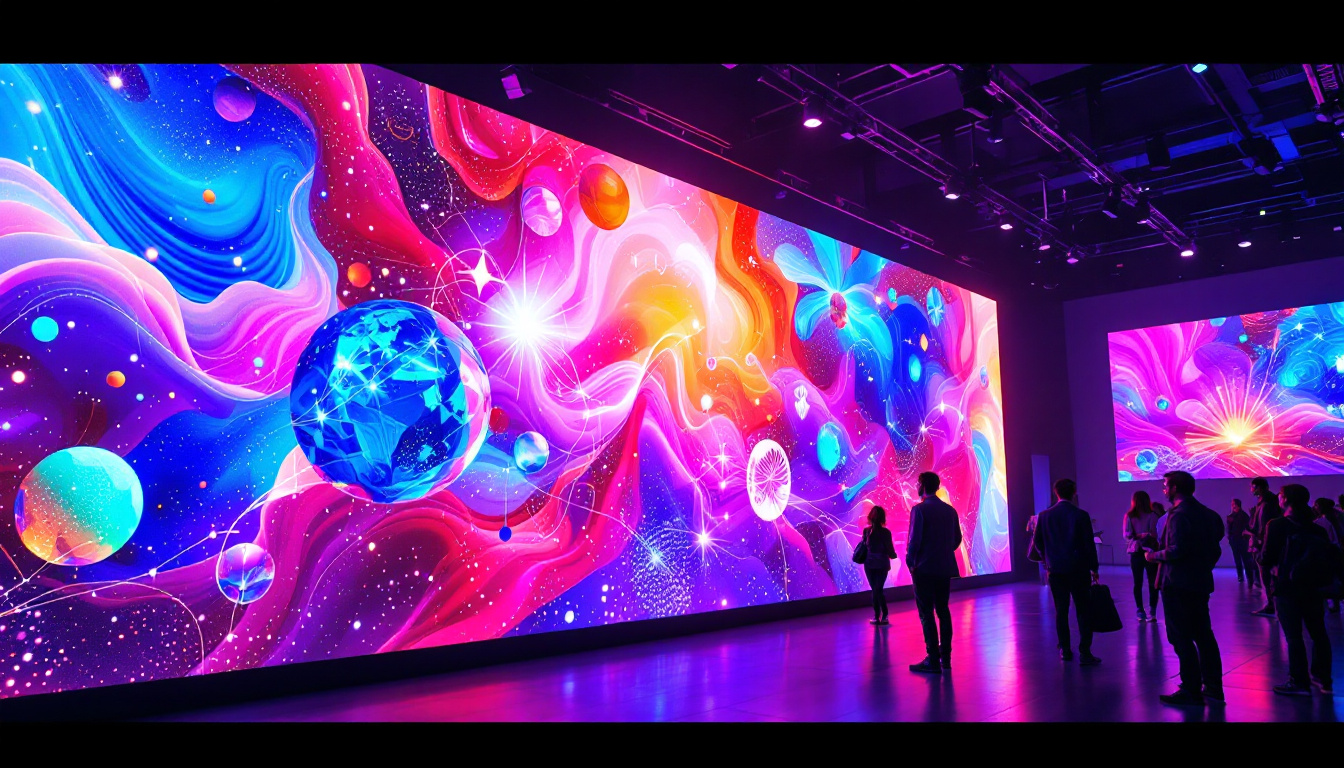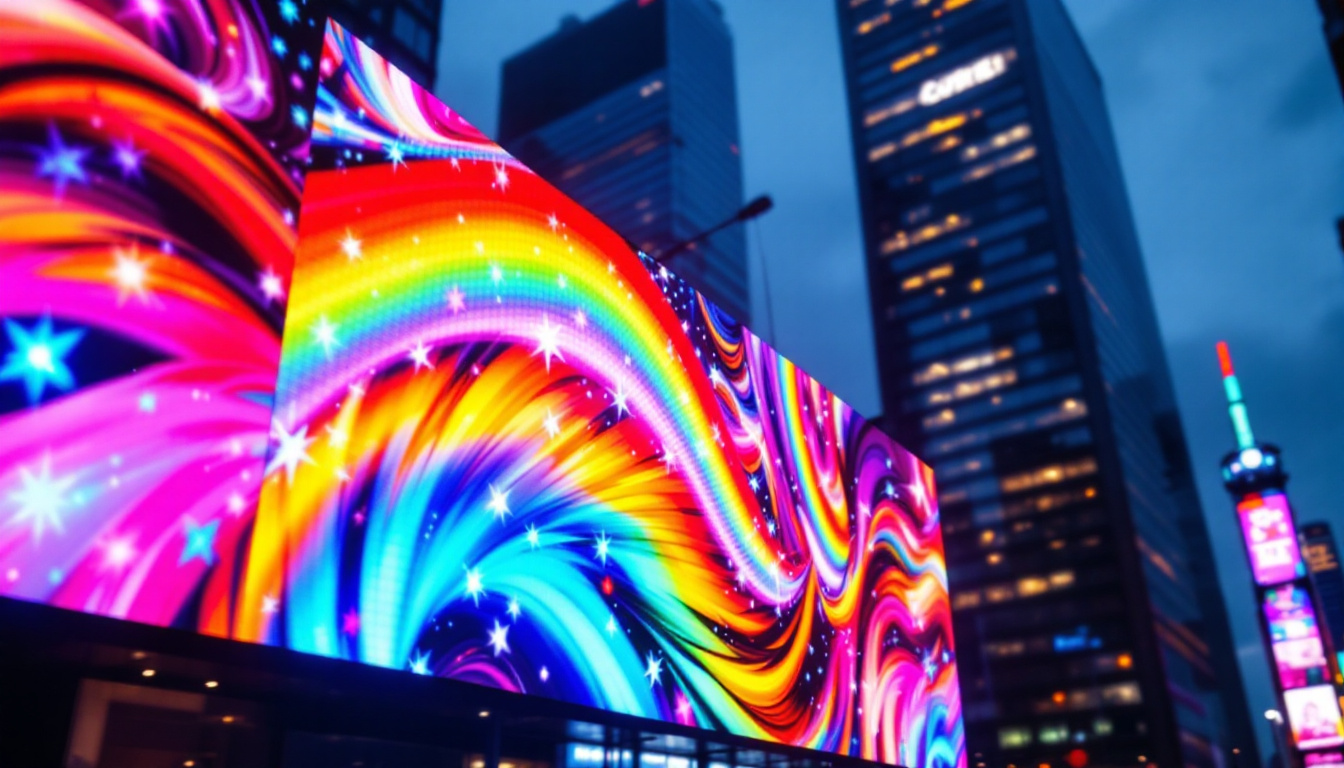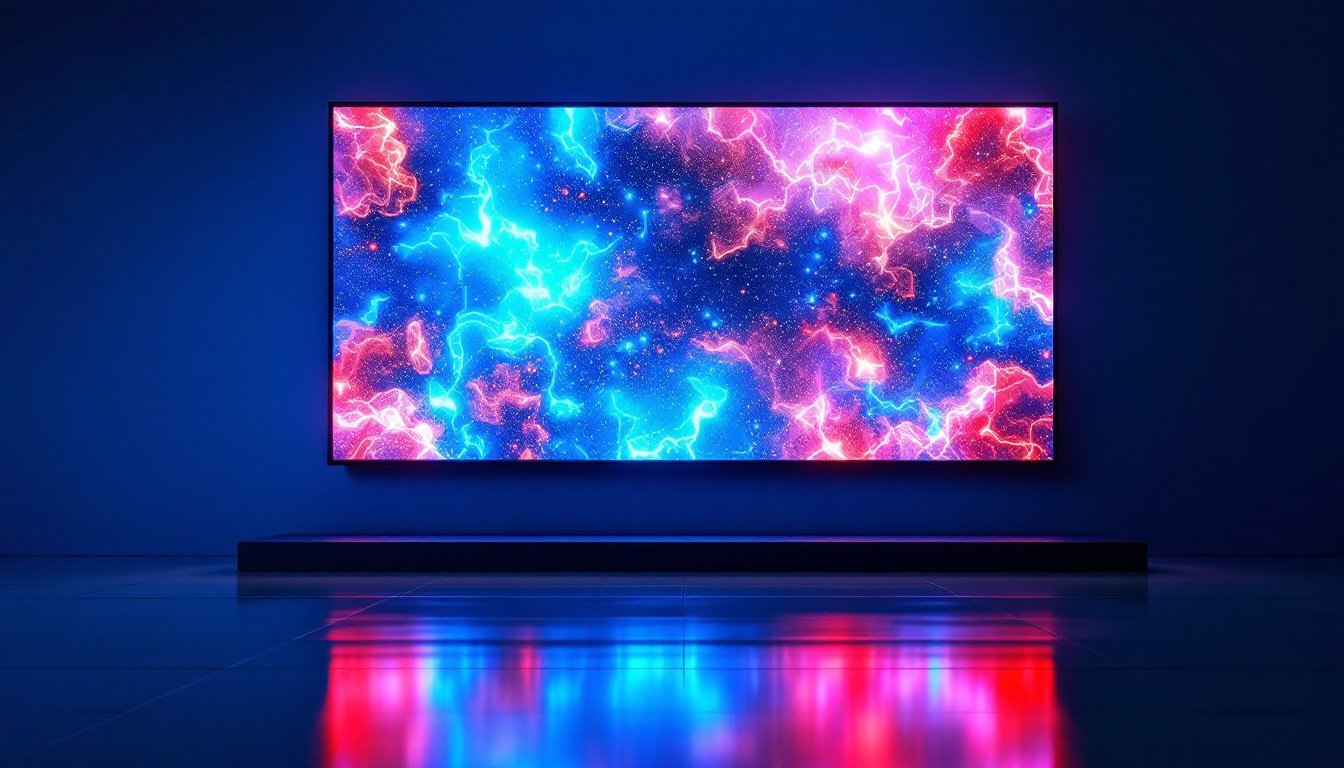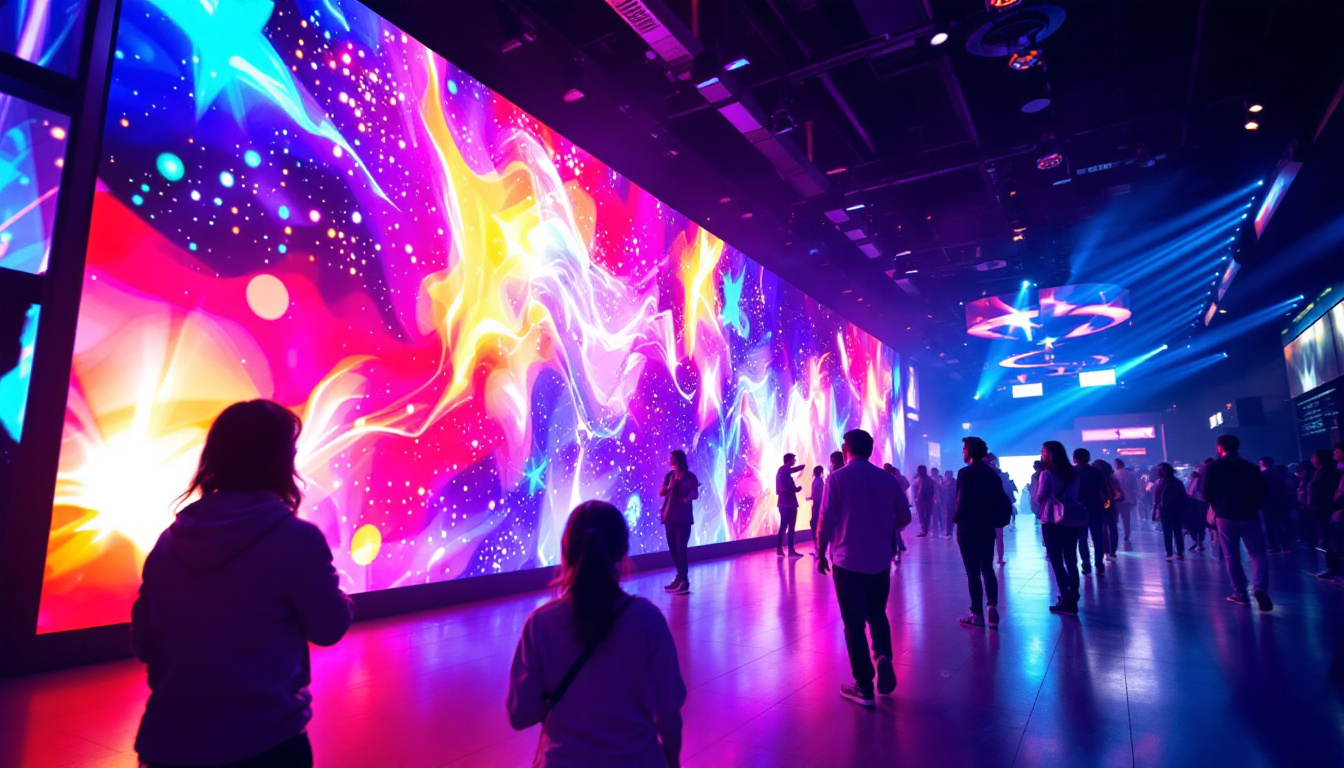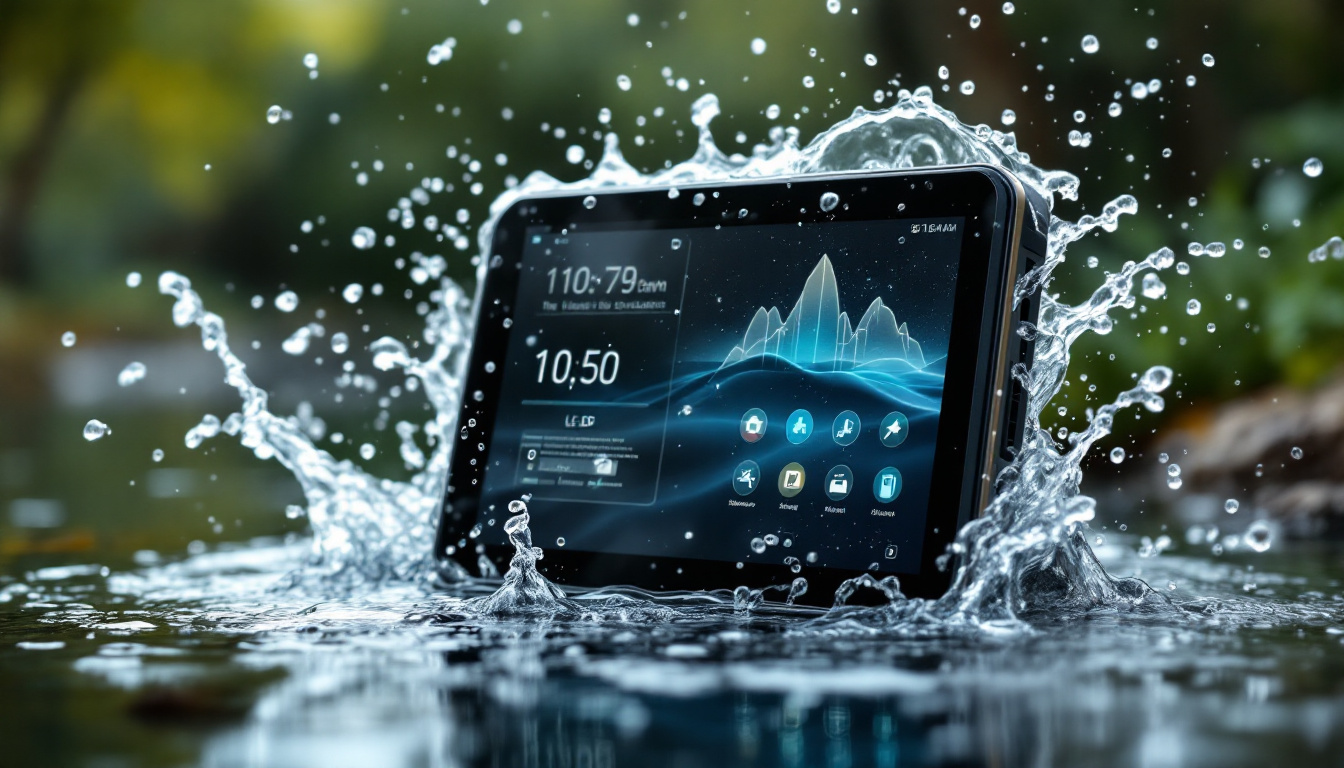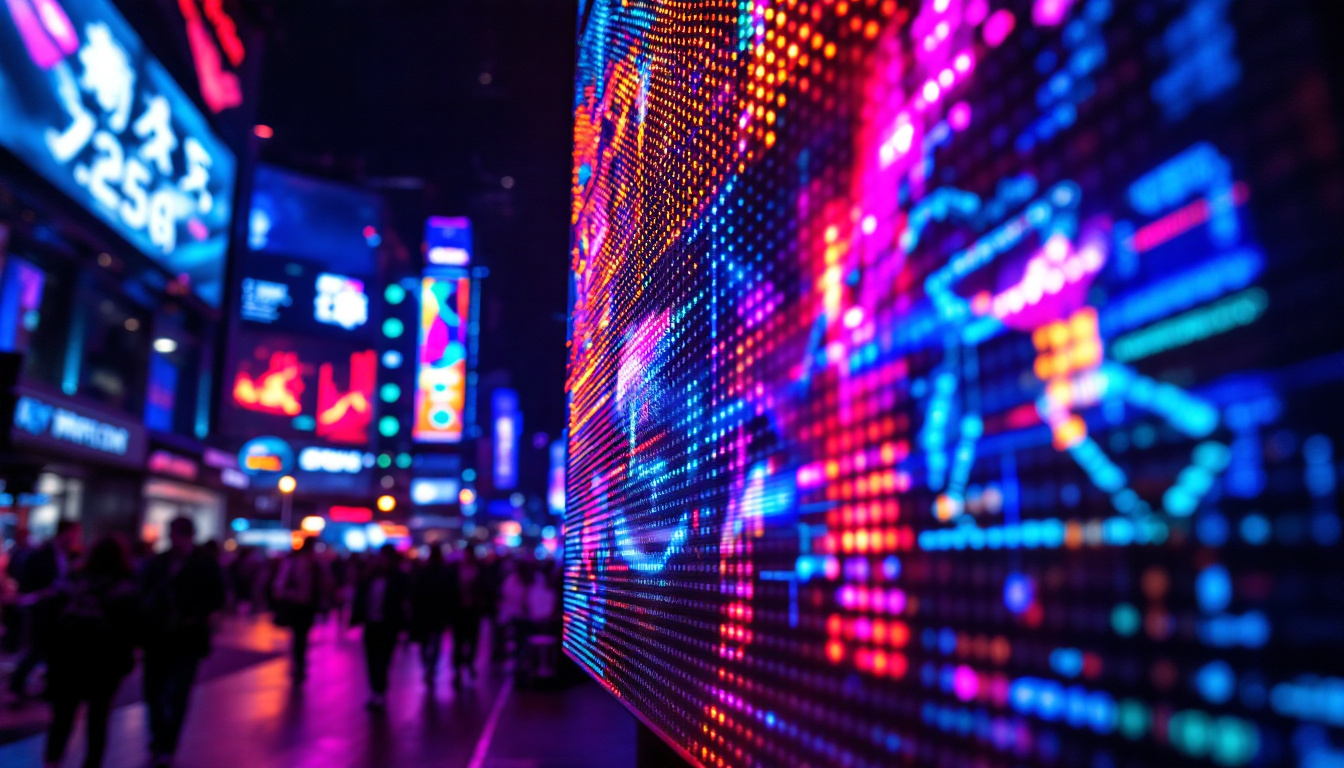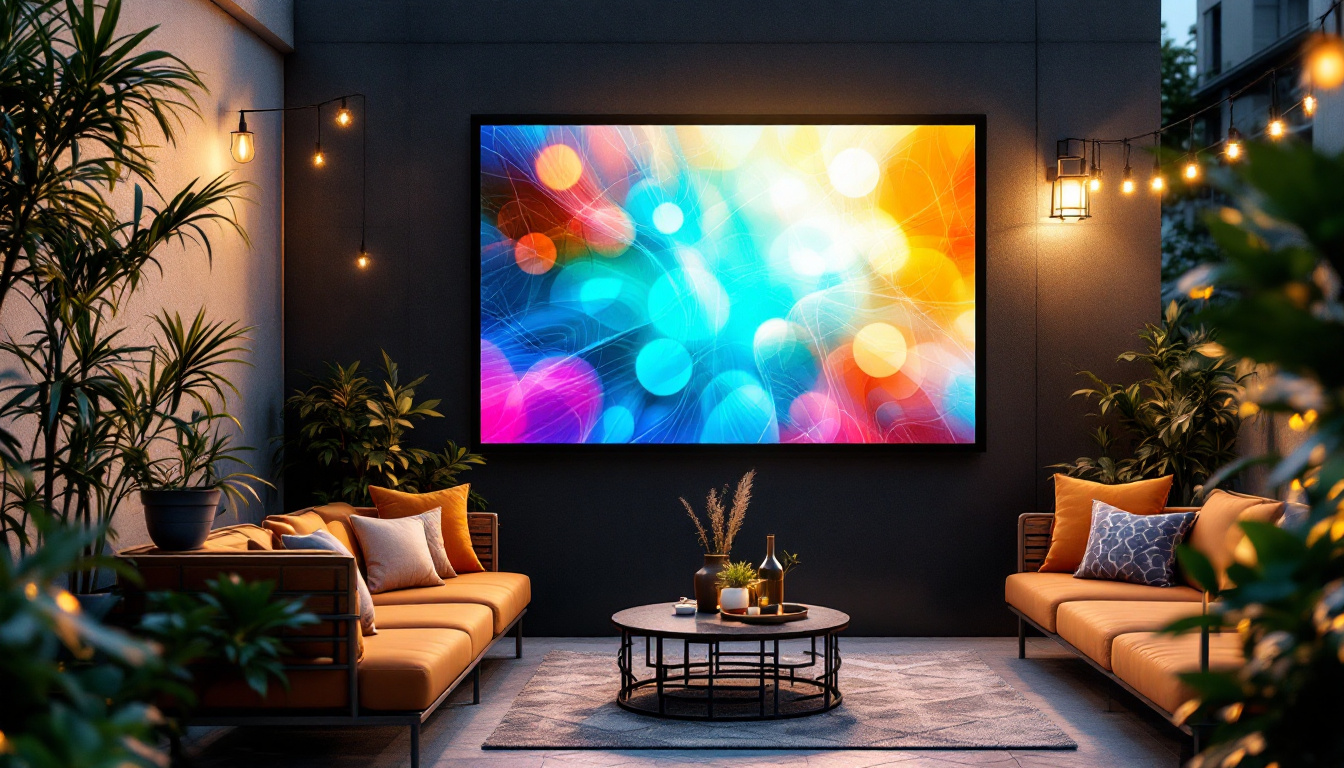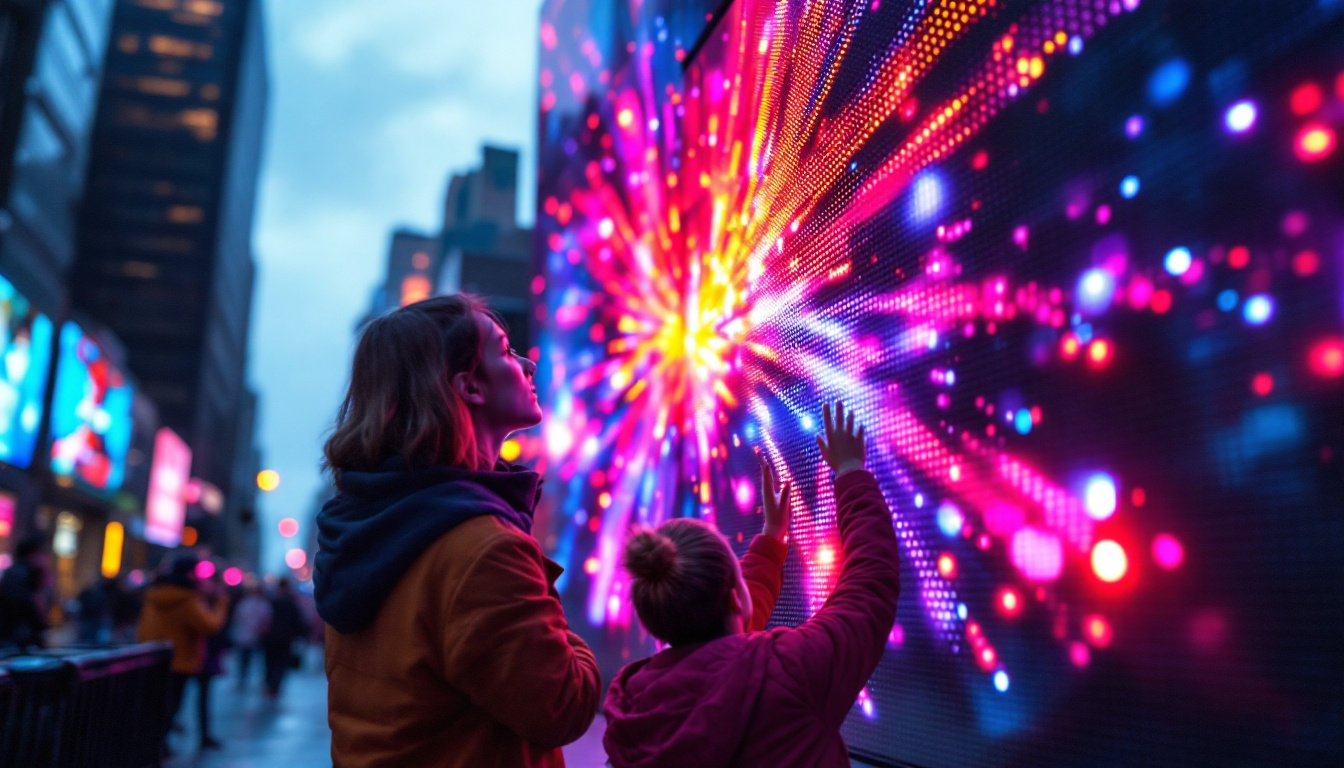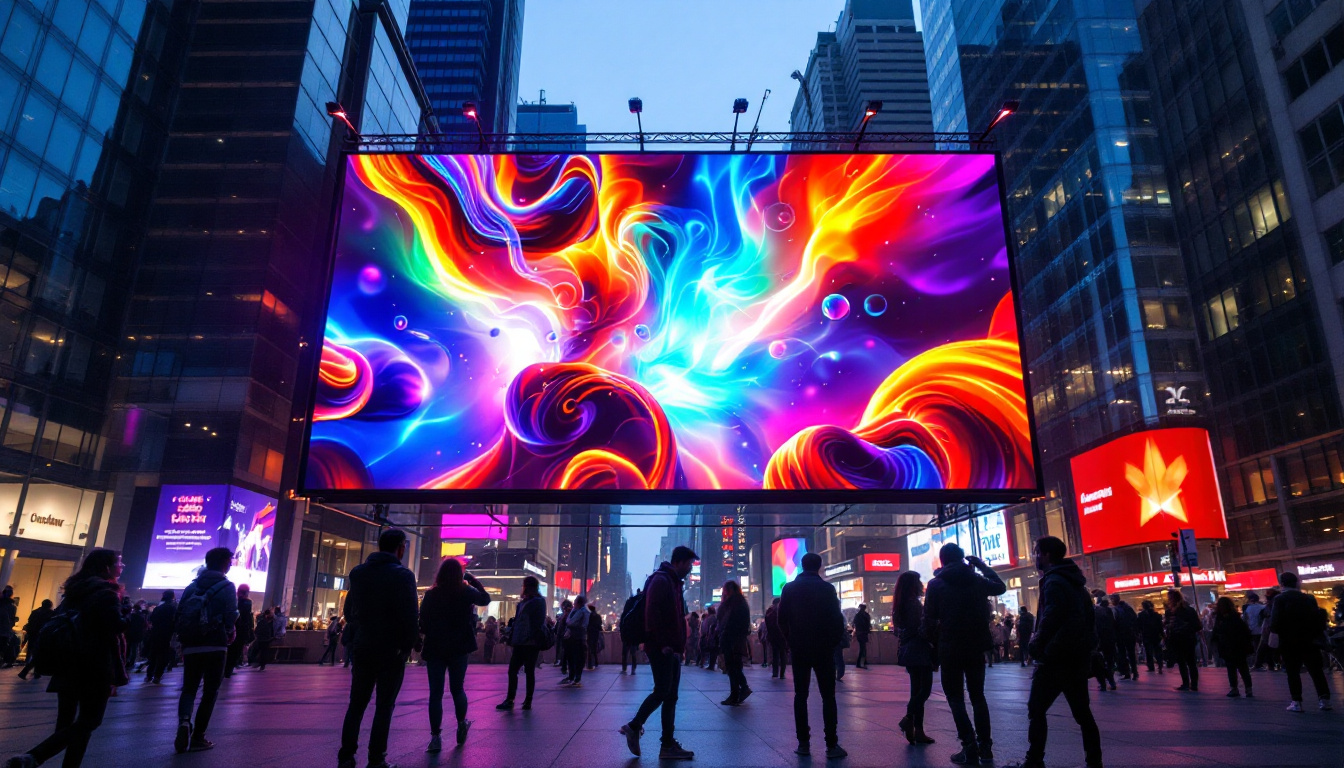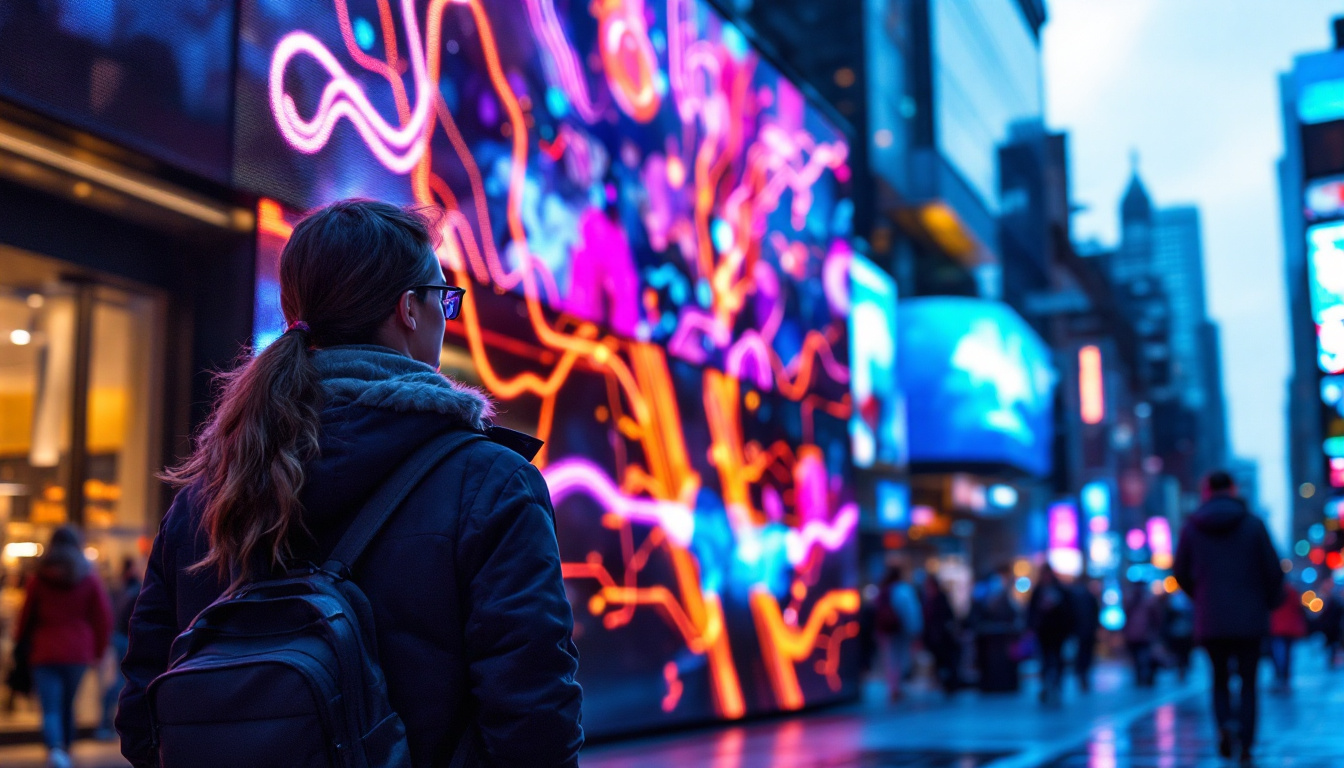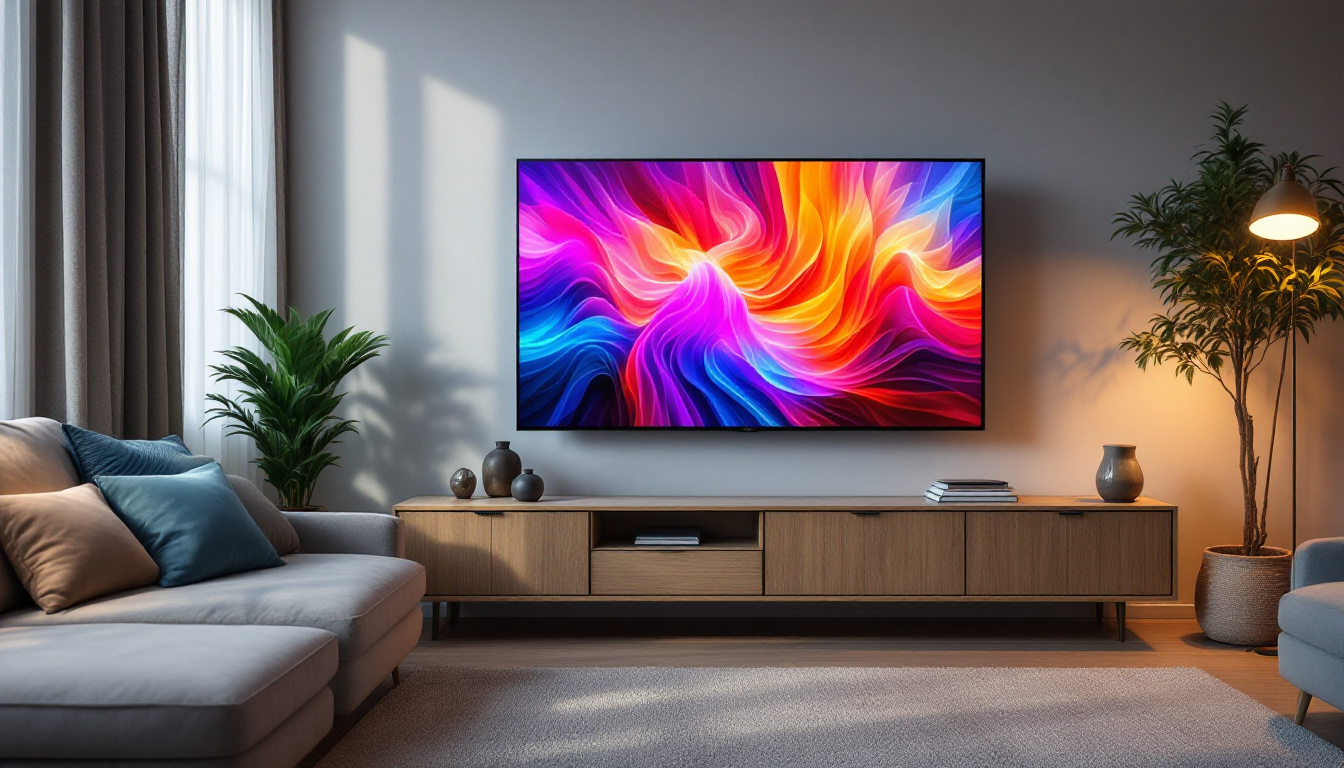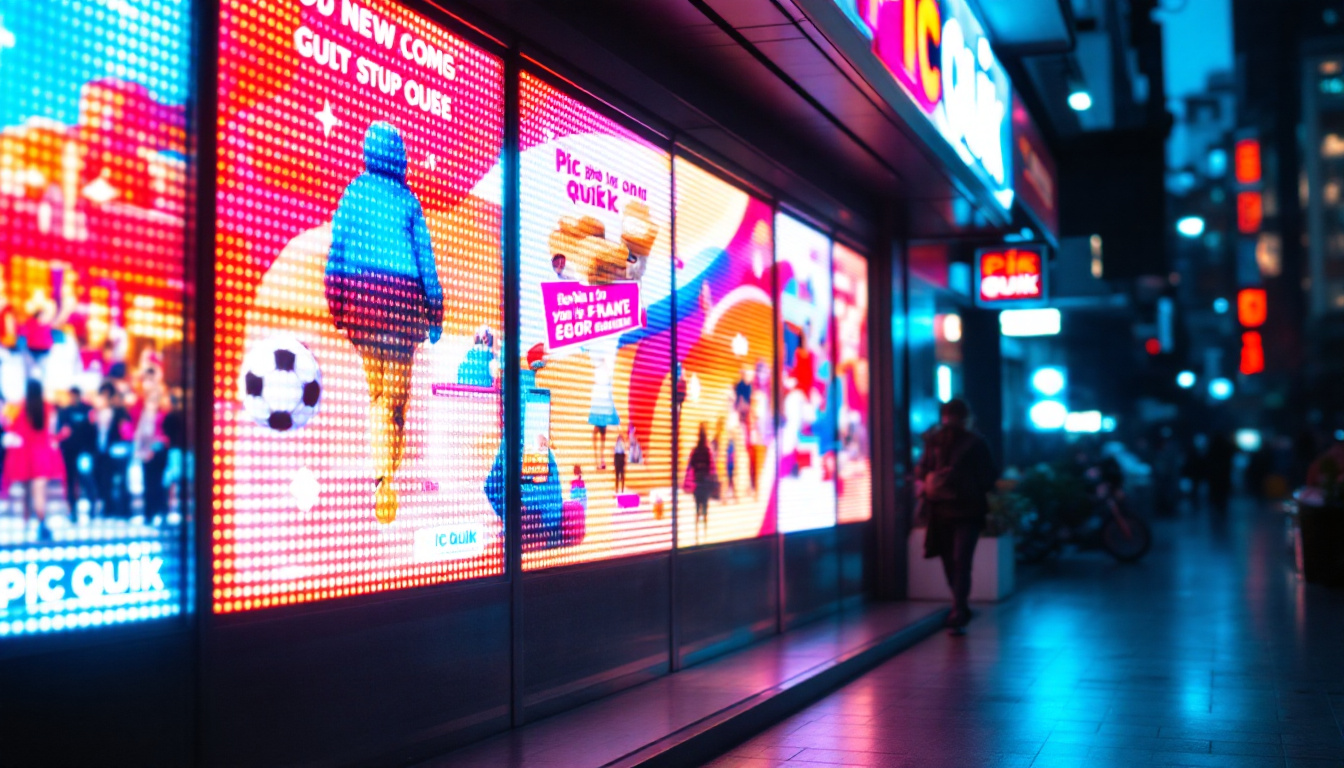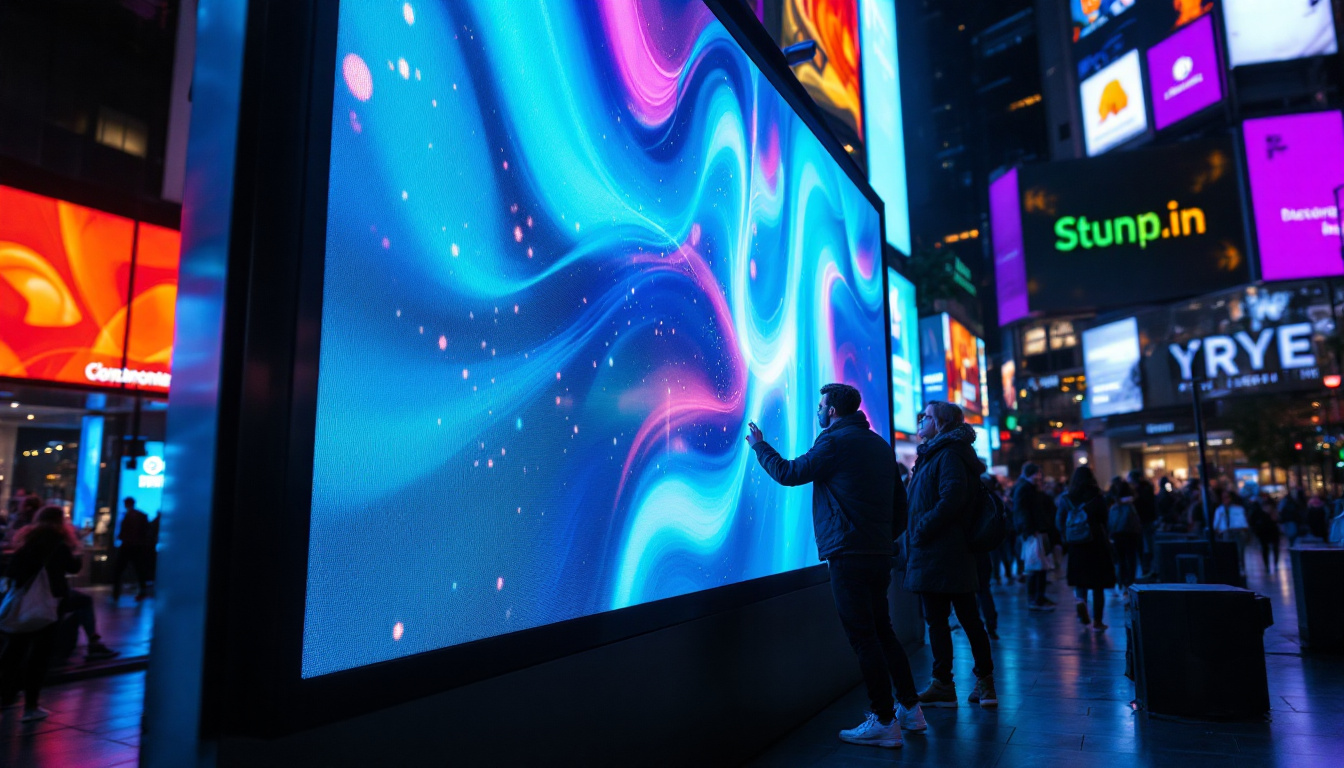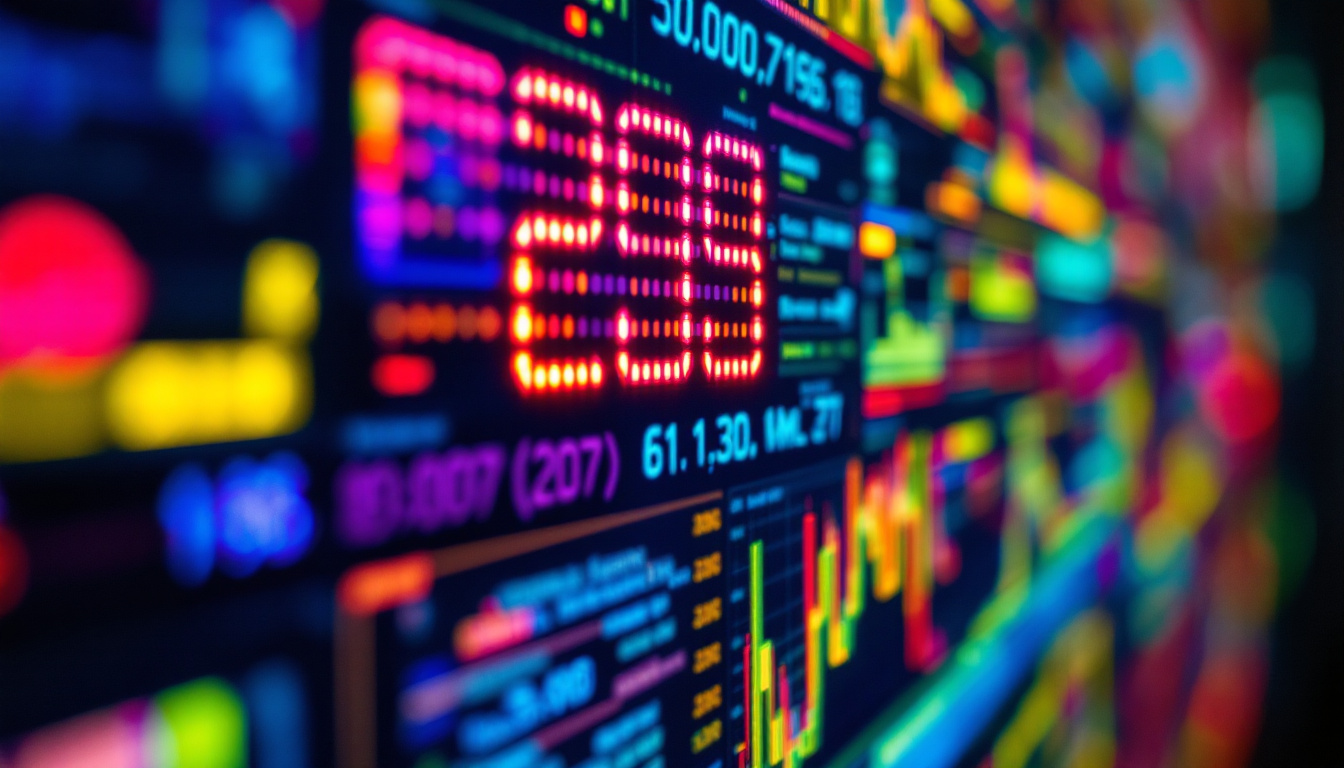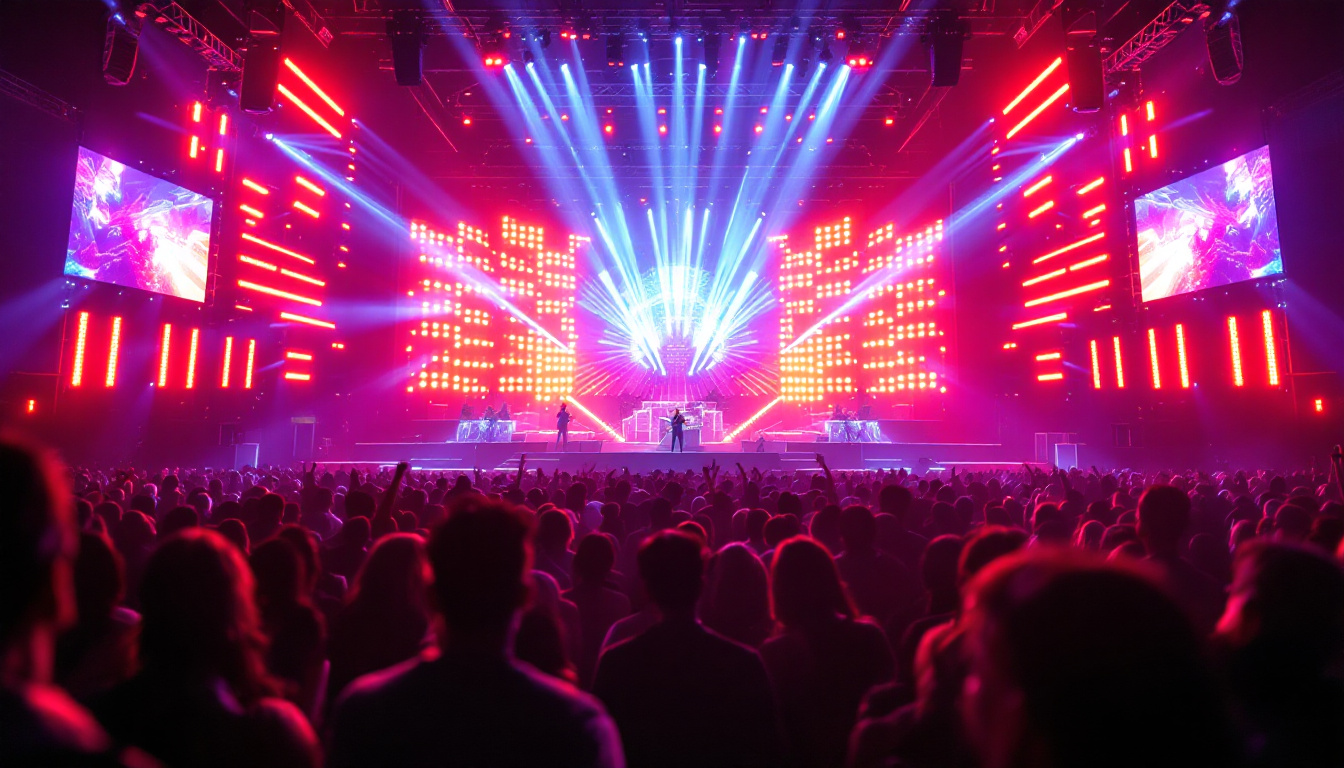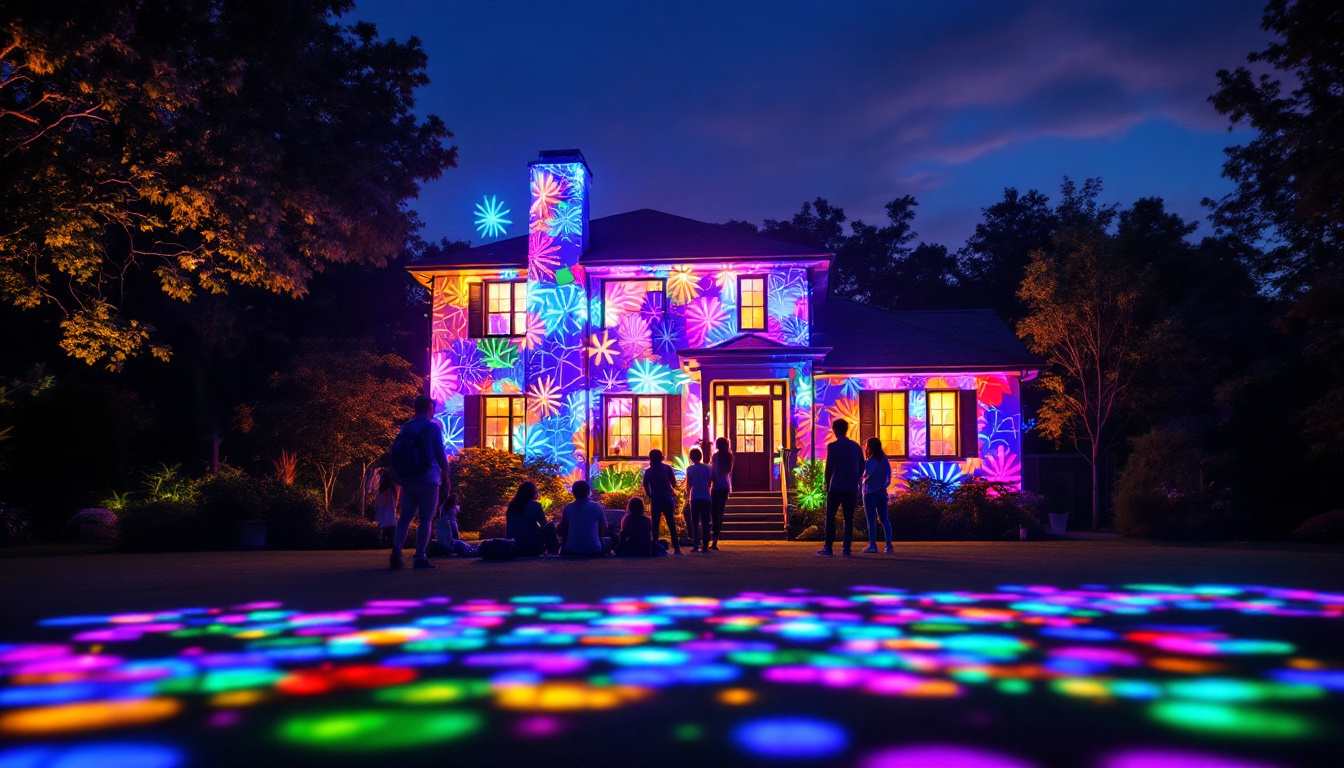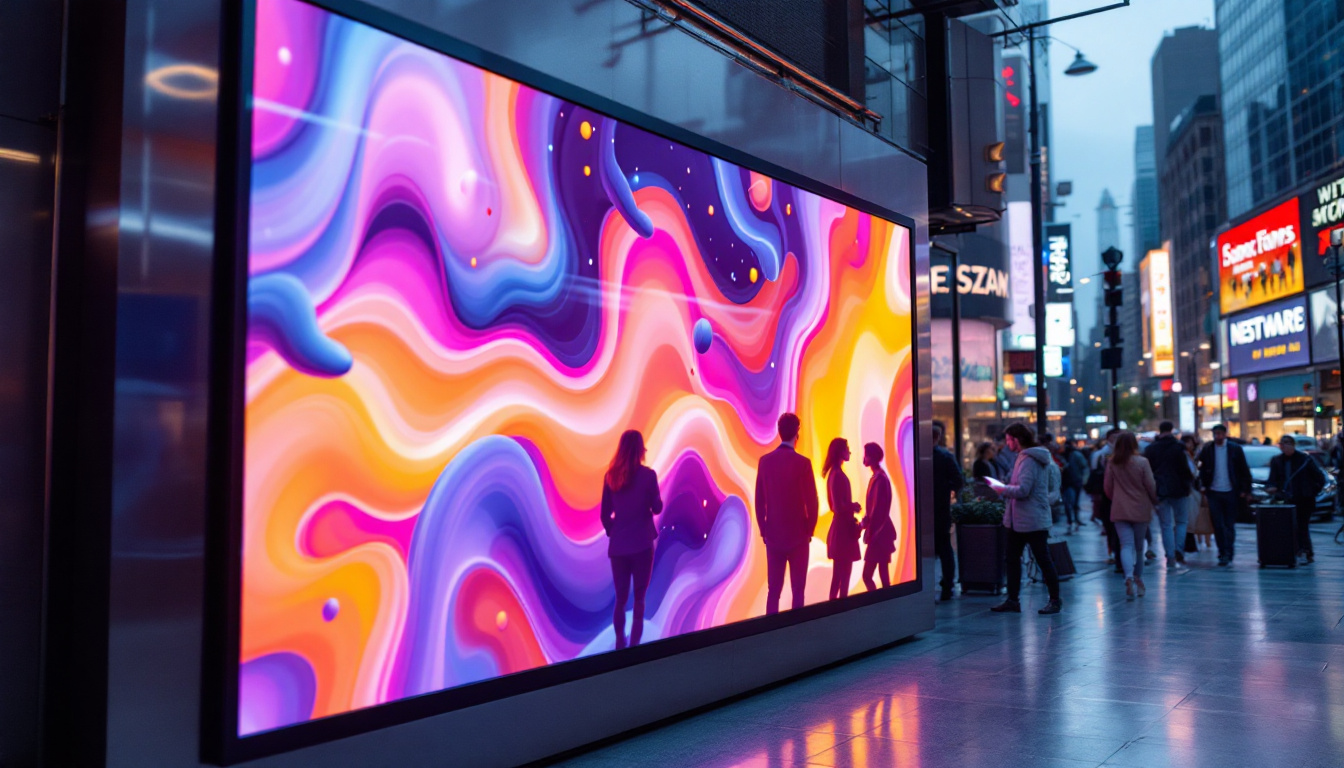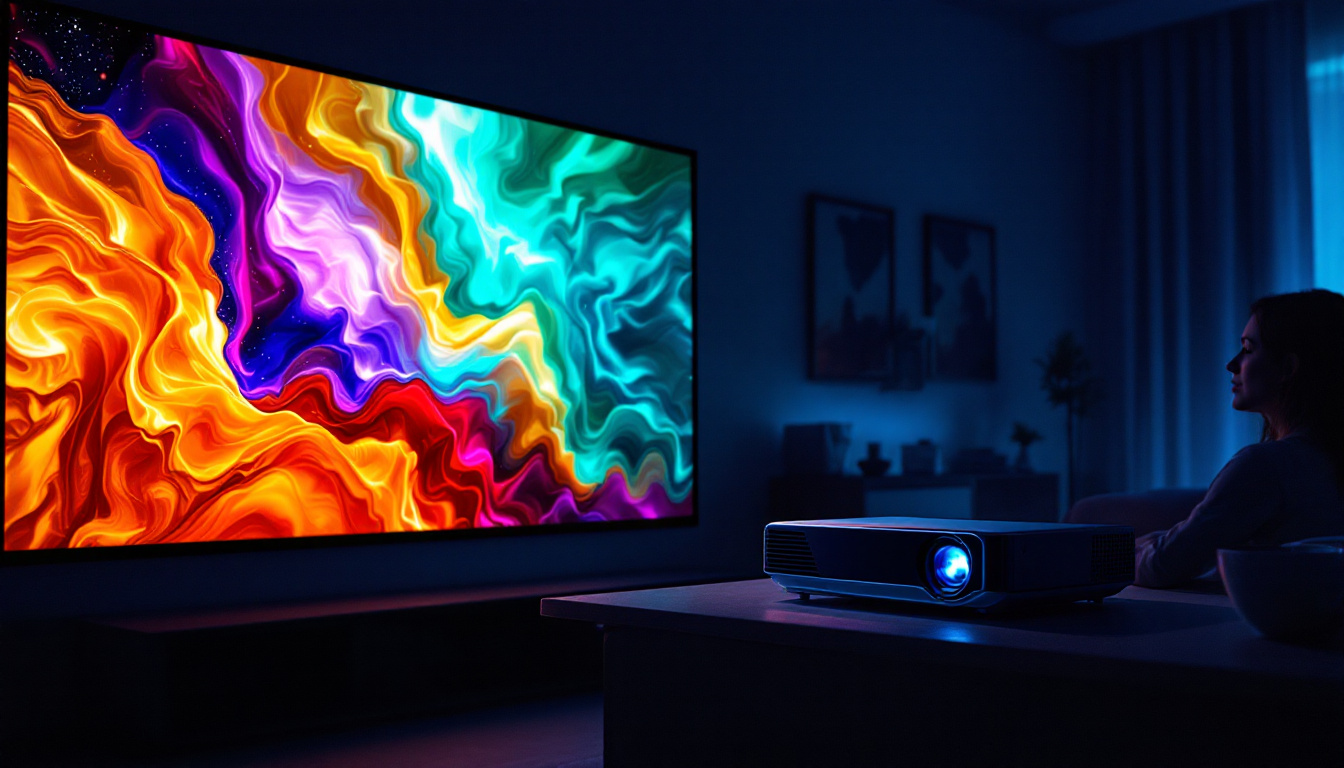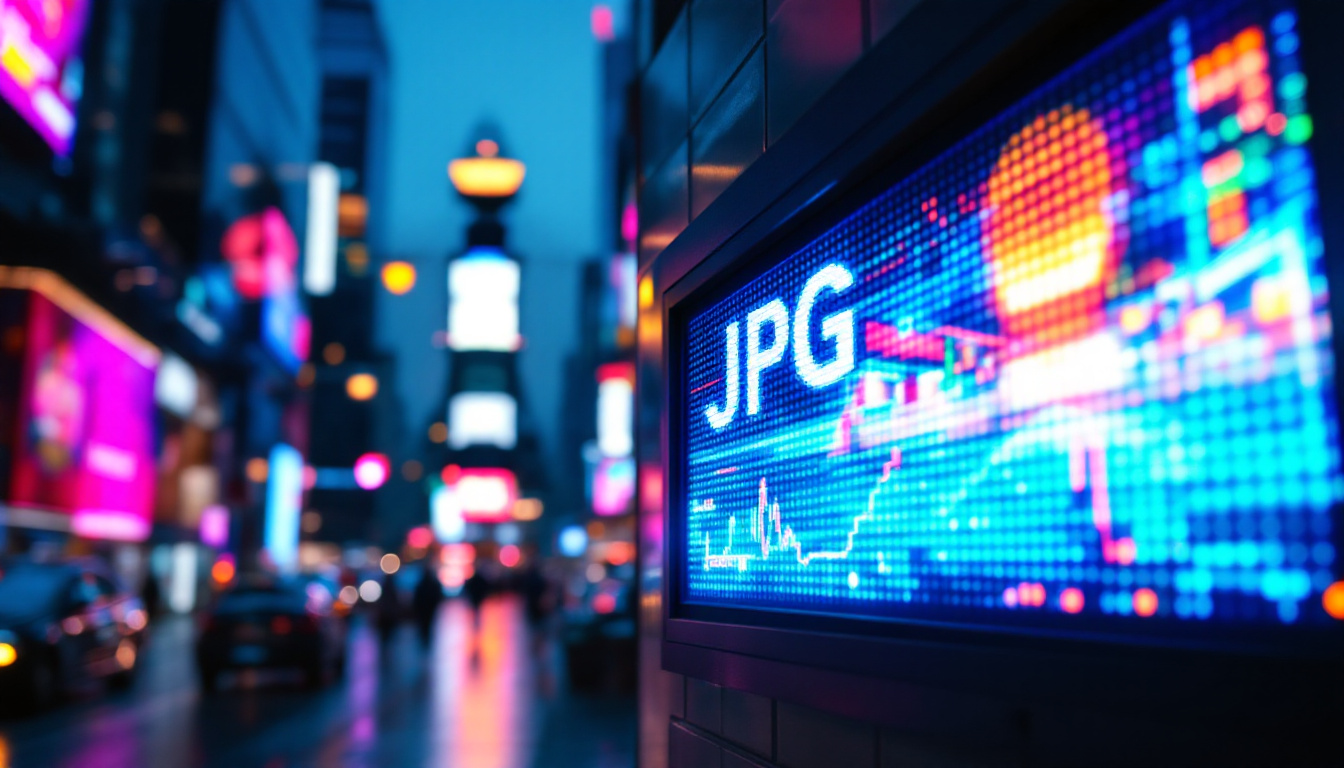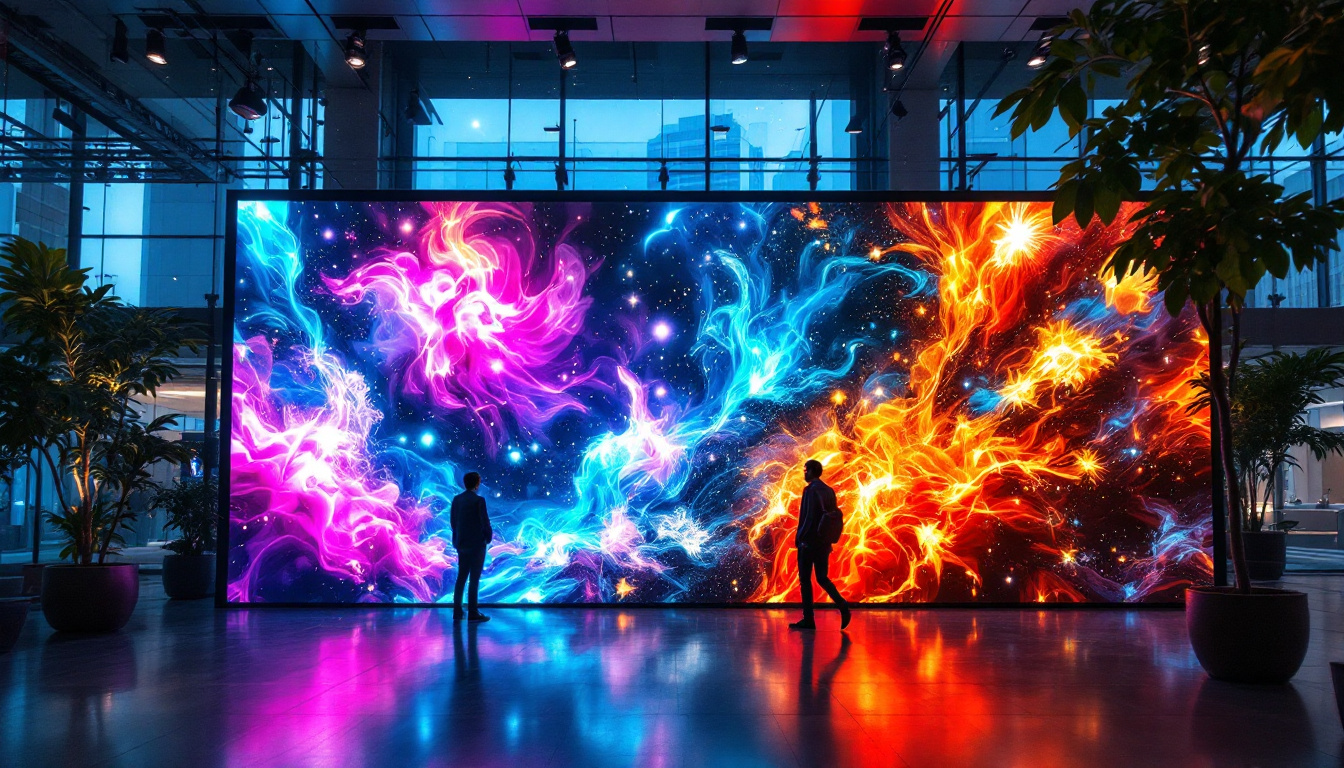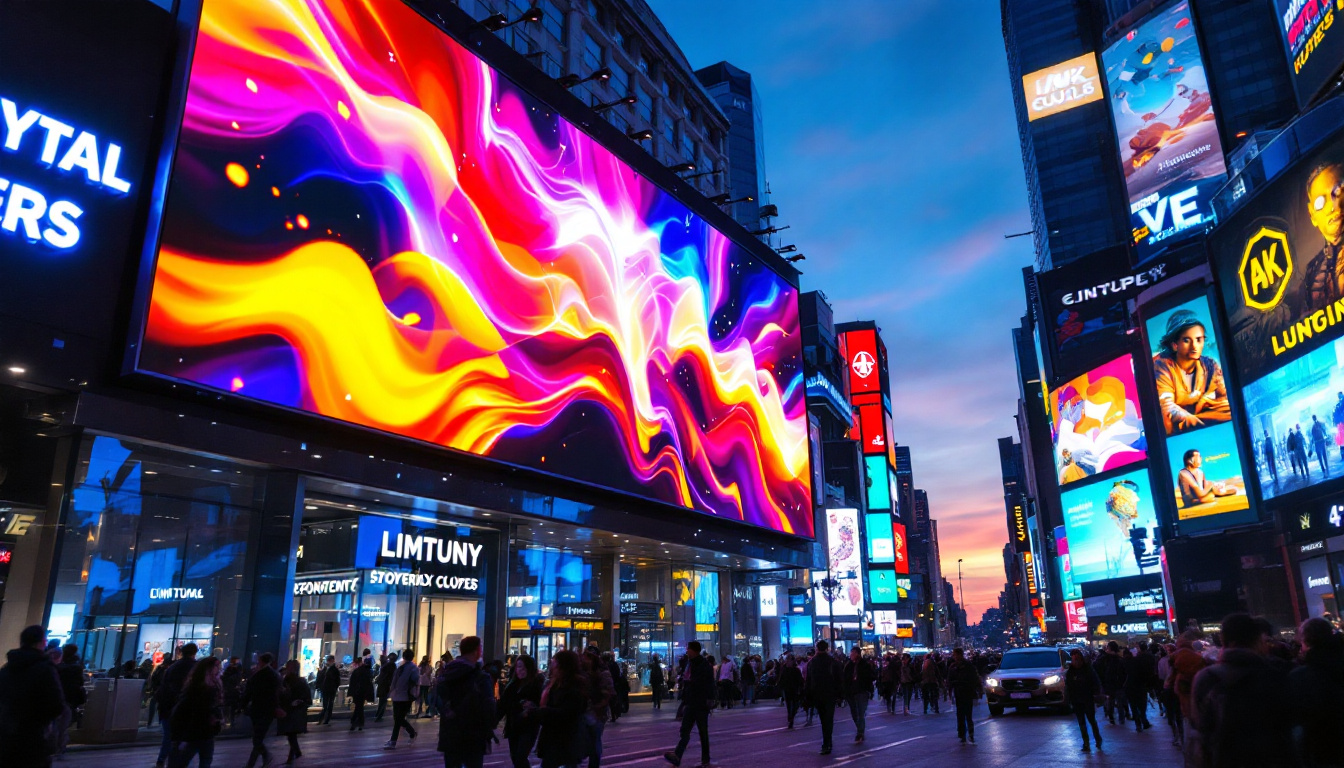In today’s fast-paced world, the way businesses communicate with their audience has transformed dramatically. One of the most effective tools in this evolution is the digital sign board, particularly those utilizing LED (Light Emitting Diode) technology. These displays have become ubiquitous in various settings, from retail stores to concert venues, and their impact on advertising and information dissemination is profound.
Understanding LED Technology
LED technology is at the heart of modern digital sign boards. Unlike traditional incandescent bulbs, LEDs are semiconductor devices that emit light when an electric current passes through them. This technology offers several advantages, making it the preferred choice for digital signage.
Energy Efficiency
One of the most significant benefits of LED displays is their energy efficiency. LEDs consume substantially less power compared to traditional lighting solutions, which not only reduces operational costs but also minimizes the environmental impact. This efficiency is particularly advantageous for businesses that operate their signage 24/7, such as restaurants and retail stores. Moreover, the reduced energy consumption translates into lower carbon footprints, aligning with the growing emphasis on sustainability in business practices. As companies strive to meet eco-friendly standards, the shift to LED technology becomes not just a financial decision but a commitment to environmental stewardship.
Brightness and Visibility
LED displays are known for their exceptional brightness, making them easily visible even in direct sunlight. This quality is crucial for outdoor signage, where visibility can be compromised by harsh lighting conditions. The high contrast ratio of LED screens ensures that the content remains clear and legible, enhancing the viewer’s experience. Additionally, the ability to adjust brightness levels automatically based on ambient light conditions further optimizes visibility, ensuring that messages are effectively communicated at all times. This adaptability is particularly useful for businesses located in areas with varying light conditions throughout the day, allowing them to maintain high visibility without manual adjustments.
Longevity and Durability
Another appealing aspect of LED technology is its longevity. LED displays can last up to 100,000 hours, significantly outpacing traditional display technologies. This durability means less frequent replacements and lower maintenance costs, making them a cost-effective solution in the long run. Furthermore, LED technology is inherently more resistant to shock and vibration, which is particularly beneficial for outdoor installations that may be exposed to harsh weather conditions or physical impacts. This resilience not only extends the lifespan of the displays but also enhances the overall reliability of digital signage, ensuring that businesses can maintain a consistent and professional appearance without the worry of frequent repairs or replacements.
Types of LED Displays
When it comes to digital sign boards, there are various types of LED displays, each designed for specific applications. Understanding these types can help businesses choose the right solution for their needs.
Indoor LED Displays
Indoor LED displays are typically used in environments such as shopping malls, conference centers, and corporate offices. These displays are designed for close viewing, offering high resolution and vibrant colors. They are ideal for conveying detailed information, such as event schedules or promotional content. Additionally, many indoor displays feature advanced technologies like high dynamic range (HDR) and enhanced color accuracy, which make the visuals more engaging and lifelike. This can significantly enhance the customer experience, whether it’s through dynamic advertising or informative presentations, making the environment more interactive and appealing.
Outdoor LED Displays
Outdoor LED displays are built to withstand the elements, featuring robust construction and weatherproofing. These displays are often larger and designed for long-distance viewing, making them suitable for billboards, stadiums, and transportation hubs. The technology used in outdoor displays ensures that they remain visible and functional in various weather conditions. Furthermore, many outdoor LED displays incorporate features such as automatic brightness adjustment, which optimizes visibility in both bright sunlight and low-light conditions. This adaptability not only enhances the effectiveness of advertising campaigns but also ensures that critical information, such as traffic updates or emergency alerts, is communicated clearly to the public at all times.
Mobile LED Displays
Mobile LED displays are versatile and portable, often mounted on trucks or trailers. They are commonly used for events, parades, and promotions, allowing businesses to reach a wider audience. Their mobility provides flexibility in advertising, enabling companies to position their message where it will have the most impact. In addition to their adaptability, mobile LED displays can be equipped with advanced features such as live streaming capabilities and interactive touch screens, allowing for real-time engagement with viewers. This not only maximizes the reach of promotional efforts but also fosters a deeper connection with the audience, encouraging participation and interaction during events. As a result, businesses can create memorable experiences that resonate with potential customers long after the event is over.
Applications of Digital Sign Boards
The versatility of digital sign boards makes them suitable for a wide range of applications across various industries. Their ability to convey dynamic content in real-time is a game-changer for many businesses.
Retail Advertising
In the retail sector, digital sign boards are employed to attract customers and promote sales. Eye-catching visuals and dynamic content can draw attention to new products or special offers, enhancing the shopping experience. Retailers can easily update their displays to reflect current promotions, ensuring that their messaging remains relevant.
Transportation Hubs
Airports, train stations, and bus terminals utilize digital sign boards to provide real-time information to travelers. These displays can show arrival and departure times, gate changes, and other essential announcements. The ability to update information instantly helps streamline operations and improve customer satisfaction.
Event Venues
In event venues, digital sign boards play a crucial role in enhancing the attendee experience. They can display schedules, speaker information, and interactive content, keeping visitors informed and engaged. Additionally, these displays can be used for branding and sponsorship opportunities, providing value to event organizers.
Benefits of Using Digital Sign Boards
The advantages of implementing digital sign boards are numerous, making them an attractive option for businesses looking to enhance their communication strategies.
Dynamic Content Management
One of the most significant benefits of digital sign boards is the ability to manage content dynamically. Businesses can easily update their messaging to reflect current promotions, events, or important announcements. This flexibility allows for timely communication and ensures that the audience receives relevant information.
Enhanced Engagement
Digital sign boards can capture attention more effectively than static signage. The combination of movement, color, and sound can create a more engaging experience for viewers. This heightened engagement can lead to increased foot traffic, higher sales, and improved brand recognition.
Cost-Effectiveness
While the initial investment in digital sign boards may be higher than traditional signage, the long-term savings can be significant. Reduced printing costs, lower maintenance expenses, and the ability to update content without additional costs contribute to the overall cost-effectiveness of digital displays.
Challenges and Considerations
Despite their many advantages, businesses must also consider the challenges associated with digital sign boards. Understanding these challenges can help in making informed decisions.
Initial Investment Costs
The upfront costs of purchasing and installing digital sign boards can be a barrier for some businesses. While the long-term savings may justify the investment, smaller companies may find it challenging to allocate funds for such technology. Careful budgeting and planning are essential to ensure that the investment aligns with business goals.
Content Creation and Management
Creating engaging content for digital sign boards requires creativity and expertise. Businesses may need to invest in graphic design resources or software to produce high-quality visuals. Additionally, managing content updates can be time-consuming, especially for companies with multiple locations or displays.
Technical Issues and Maintenance
Like any technology, digital sign boards can experience technical issues. Regular maintenance is necessary to ensure optimal performance and longevity. Businesses must be prepared to address potential malfunctions, which may require technical support or specialized knowledge.
Future Trends in Digital Signage
The digital signage industry is continuously evolving, driven by technological advancements and changing consumer behaviors. Staying ahead of these trends can provide businesses with a competitive edge.
Integration with IoT
As the Internet of Things (IoT) expands, the integration of digital sign boards with IoT technology is becoming increasingly common. This connectivity allows for real-time data sharing and interaction with other devices. For instance, digital signs can display personalized content based on customer behavior or environmental factors, enhancing the overall experience.
Artificial Intelligence and Analytics
Artificial intelligence (AI) is set to revolutionize digital signage by enabling smarter content delivery. AI algorithms can analyze viewer demographics and engagement patterns, allowing businesses to tailor their messaging more effectively. This data-driven approach can lead to higher conversion rates and improved customer satisfaction.
Augmented and Virtual Reality
The incorporation of augmented reality (AR) and virtual reality (VR) into digital signage is an exciting trend that offers immersive experiences. Businesses can create interactive displays that engage customers in unique ways, providing a memorable experience that can enhance brand loyalty.
Conclusion
Digital sign boards, particularly those utilizing LED technology, have transformed the way businesses communicate with their audiences. With their energy efficiency, durability, and versatility, these displays offer a powerful tool for advertising and information dissemination across various industries. While challenges exist, the benefits of dynamic content management, enhanced engagement, and cost-effectiveness make them an attractive option for companies looking to elevate their communication strategies.
As technology continues to evolve, the future of digital signage promises even more exciting possibilities. By staying informed about emerging trends and innovations, businesses can harness the full potential of digital sign boards, ensuring they remain at the forefront of effective communication.
Discover LumenMatrix’s Innovative LED Display Solutions
Ready to take your visual communication to the next level? Explore LumenMatrix’s comprehensive range of LED display solutions, designed to captivate your audience and amplify your message. From vibrant Indoor and Outdoor LED Wall Displays to dynamic Vehicle and Sports LED Displays, our offerings cater to every need. Experience the future of digital signage with our LED Poster, Floor, Custom, All-in-One, and Transparent Displays. Elevate your brand’s presence and engage with your audience like never before. Check out LumenMatrix LED Display Solutions today and transform your communication strategy with cutting-edge technology.

